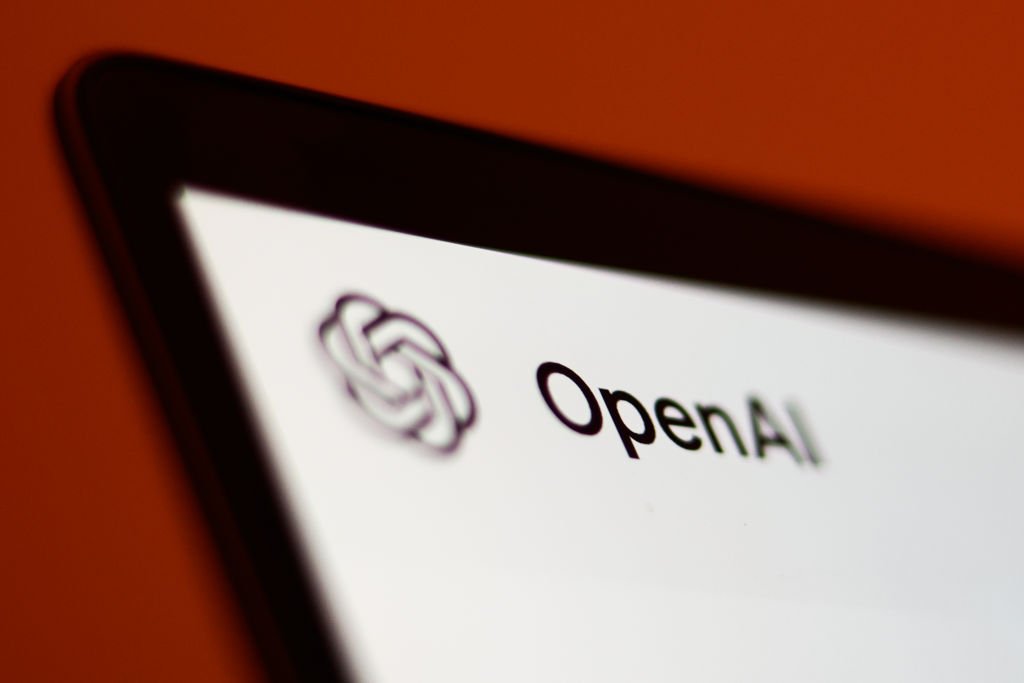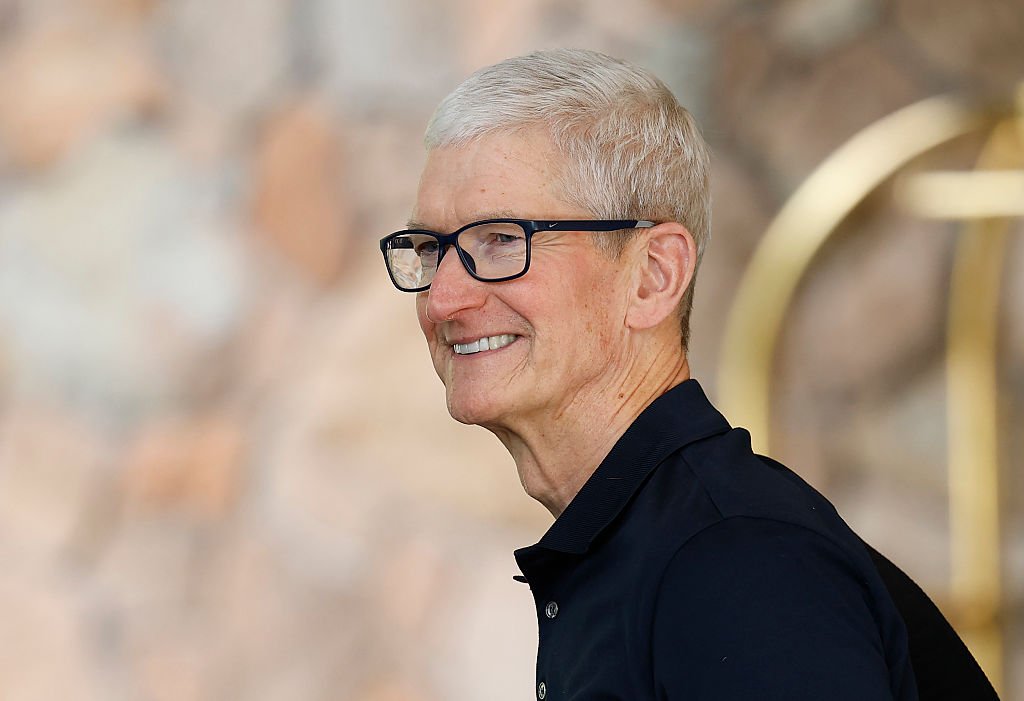OpenAI Launches Sora: A TikTok Rival Amid Mixed Reactions from Researchers
Several current and former OpenAI researchers are voicing their concerns regarding the company’s entry into social media with the Sora app. This TikTok-style platform showcases AI-generated videos, including deepfakes of Sam Altman. The debate centers around how this aligns with OpenAI’s nonprofit mission to advance AI for the benefit of humanity.
Voices of Concern: Researchers Share Their Thoughts
“AI-based feeds are scary,” expressed John Hallman, an OpenAI pretraining researcher, in a post on X. “I felt concerned when I first heard about Sora 2, but I believe the team did a commendable job creating a positive experience. We will strive to ensure AI serves humanity positively.”
A Mixed Bag of Reactions
Boaz Barak, an OpenAI researcher and Harvard professor, shared his feelings in a reply: “I feel both excitement and concern. While Sora 2 is technically impressive, it’s too early to say we’ve dodged the traps of other social media platforms and deepfakes.”
Rohan Pandey, a former OpenAI researcher, took the opportunity to promote his new startup, Periodic Labs, that focuses on creating AI for scientific discovery: “If you’re not interested in building the next AI TikTok, but want to foster AI advancements in fundamental science, consider joining us at Periodic Labs.”
The Tension Between Profit and Mission
The launch of Sora underscores a persistent tension for OpenAI, which is rapidly becoming the world’s fastest-growing consumer tech entity while also being an AI research organization with a noble nonprofit agenda. Some former employees argue that a consumer business can, in theory, support OpenAI’s mission by funding research and broadening access to AI technology.
Sam Altman, CEO of OpenAI, articulated this in a post on X, explaining the rationale behind investing resources in Sora:
“We fundamentally need capital to develop AI for science and remain focused on AGI in our research efforts. It’s also enjoyable to present innovative tech and products, making users smile while potentially offsetting our substantial computational costs.”
Altman emphasized the nuanced reality facing companies when weighing their missions with consumer interests:
What Does the Future Hold for OpenAI?
The key question remains: at what point does OpenAI’s consumer focus overshadow its nonprofit goals? How does the company make choices regarding lucrative opportunities that might contradict its mission?
This inquiry is particularly pressing as regulators closely monitor OpenAI’s transition to a for-profit model. California Attorney General Rob Bonta has expressed concerns about ensuring that the nonprofit’s safety mission stays prominent during this restructuring phase.
Critics have alleged that OpenAI’s mission serves as a mere branding tactic to attract talent from larger tech firms. Nevertheless, many insiders claim that this mission is why they chose to join the organization.
Initial Impressions of Sora
Currently, the Sora app is in its infancy, just a day post-launch. However, its emergence signals a significant growth trajectory for OpenAI’s consumer offerings. Unlike ChatGPT, designed primarily for usefulness, Sora aims for entertainment as users create and share AI-generated clips. The app draws similarities to TikTok and Instagram Reels, platforms notorious for fostering addictive behaviors.
Despite its playful premise, OpenAI asserts a commitment to sidestep established pitfalls. In a blog post announcing Sora’s launch, the company emphasized its awareness of issues like doomscrolling and addiction. They aim for a user experience that focuses on creativity rather than excessive screen time, providing notifications for prolonged engagement and prioritizing showing content from known users.
This foundation appears stronger than Meta’s recent Vibes release — an AI-driven video feed that lacked sufficient safeguards. As noted by former OpenAI policy director Miles Brundage, there may be both positive and negative outcomes from AI video feeds, reminiscent of the chatbot era.
However, as Altman has acknowledged, the creation of addictive applications is often unintentional. The inherent incentives of managing a feed can lead developers down this path. OpenAI has previously experienced issues with sycophancy in ChatGPT, which was an unintended consequence of certain training methodologies.
In a June podcast, Altman elaborated on what he termed “the significant misalignment of social media.”
“One major fault of social media was that feed algorithms led to numerous unintentional negative societal impacts. These algorithms kept users engaged by promoting content they believed the users wanted at that moment but detracted from a balanced experience,” he explained.
The Road Ahead for Sora
Determining how well Sora aligns with user interests and OpenAI’s overarching mission will take time. Early users are already noticing engagement-driven features, such as dynamic emojis that pop up when liking a video, potentially designed to enhance user interaction.
The true challenge will be how OpenAI shapes Sora’s future. With AI increasingly dominating social media feeds, it is conceivable that AI-native platforms will soon find their place in the market. The real question remains: can OpenAI expand Sora without repeating the missteps of its predecessors?
Certainly! Here are five FAQs based on the topic of OpenAI’s social media efforts:
FAQ 1: Why is OpenAI increasing its presence on social media?
Answer: OpenAI aims to engage with a broader audience, share insights about artificial intelligence, and promote its research initiatives. Social media allows for real-time communication and helps demystify AI technologies.
FAQ 2: How does OpenAI ensure the responsible use of AI in its social media messaging?
Answer: OpenAI adheres to strict ethical guidelines and policies when sharing information on social media. This includes being transparent about the limitations of AI and promoting safe usage practices.
FAQ 3: What types of content can we expect from OpenAI’s social media channels?
Answer: Followers can expect a mix of content including research findings, educational resources, project updates, thought leadership articles, and community engagement initiatives aimed at fostering discussions about AI.
FAQ 4: How can the public engage with OpenAI on social media?
Answer: The public can engage by following OpenAI’s accounts, participating in discussions through comments and shares, and actively contributing to polls or Q&A sessions that OpenAI hosts.
FAQ 5: Will OpenAI address controversies or criticisms on its social media platforms?
Answer: Yes, OpenAI is committed to transparency and will address relevant controversies or criticisms in a professional and constructive manner to foster informed discussions around AI technologies.
Feel free to customize these FAQs further based on specific aspects you’d like to highlight!


